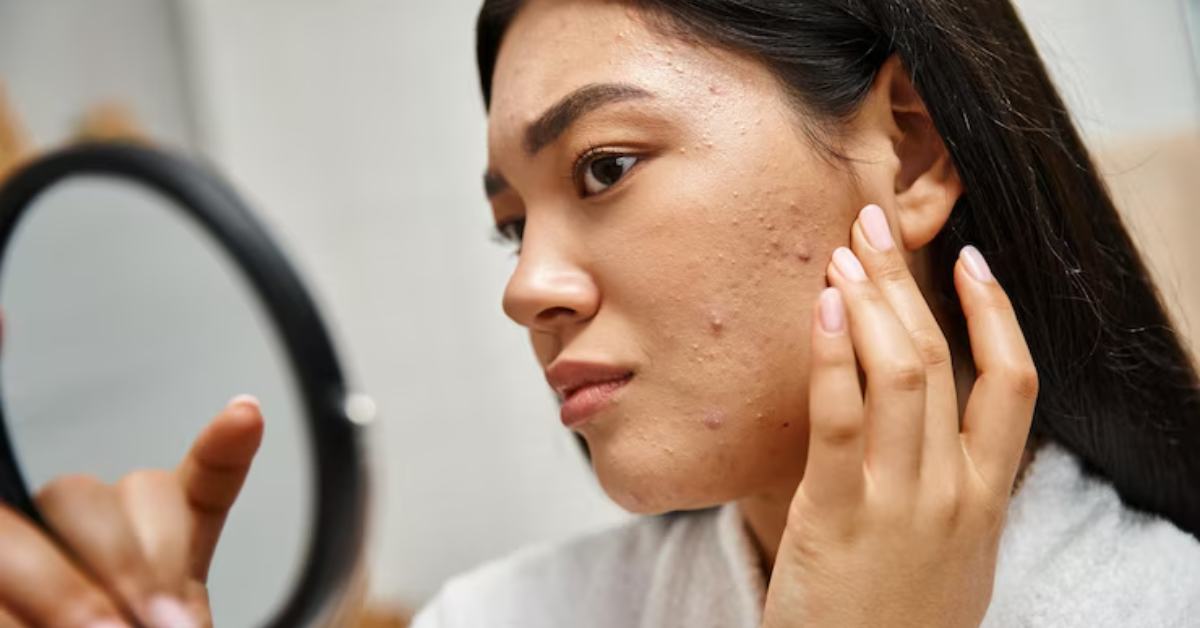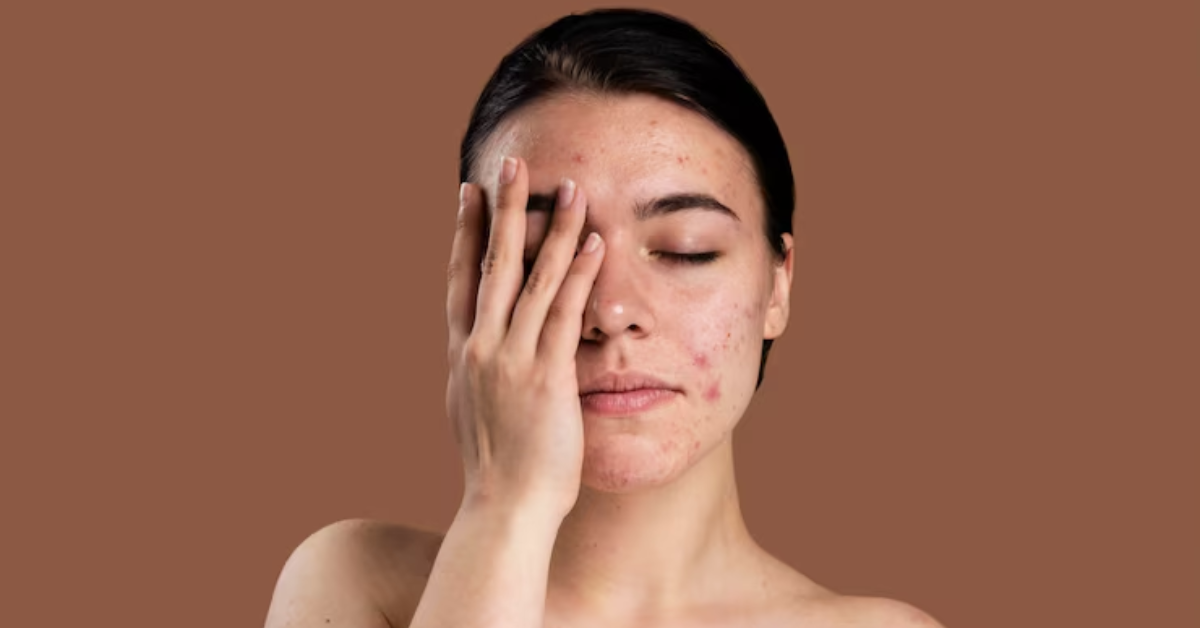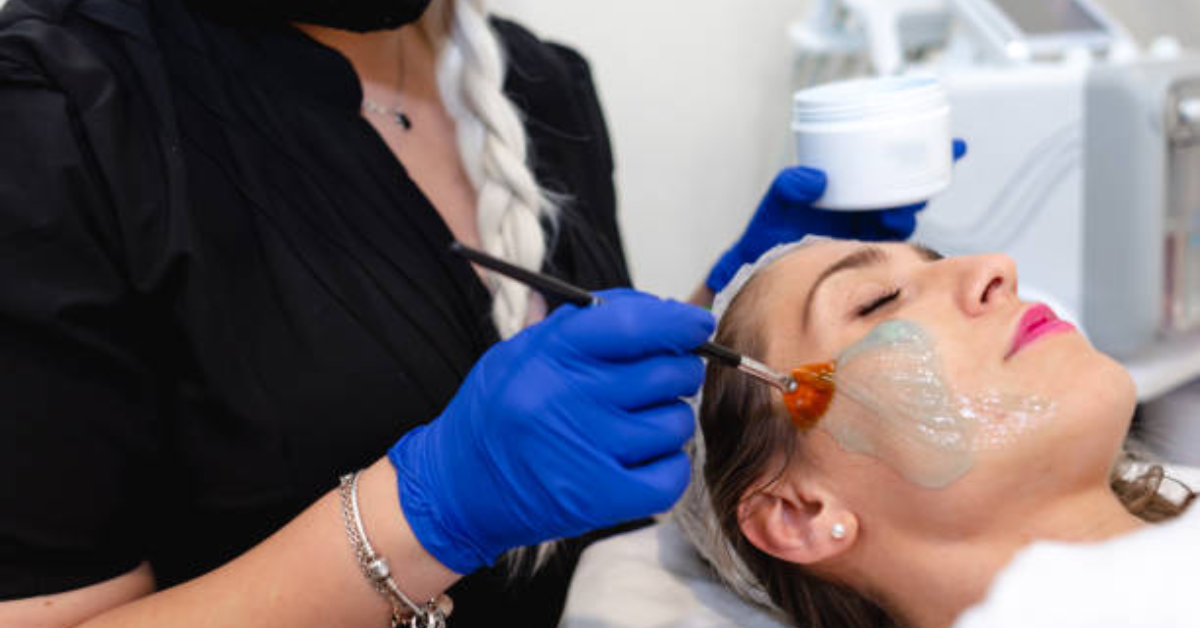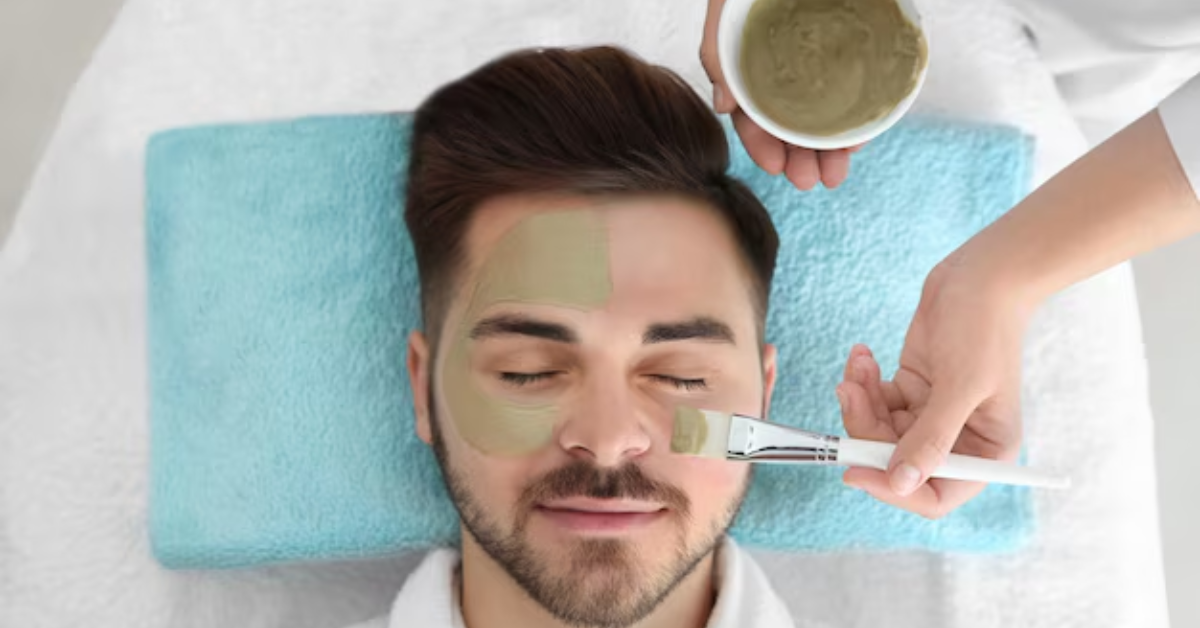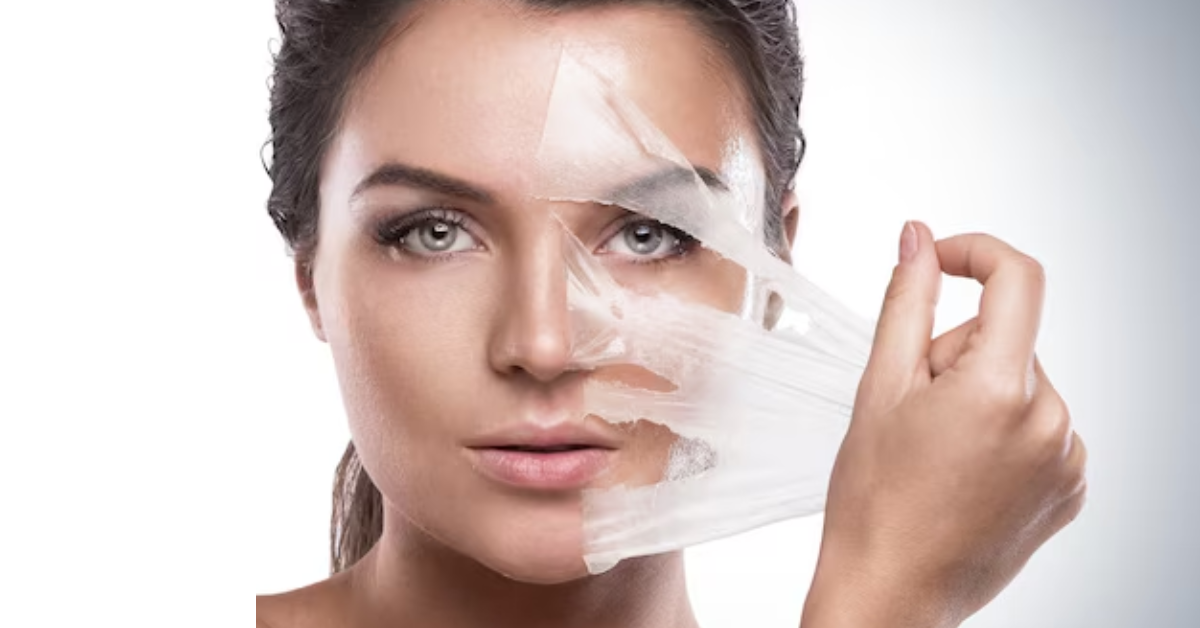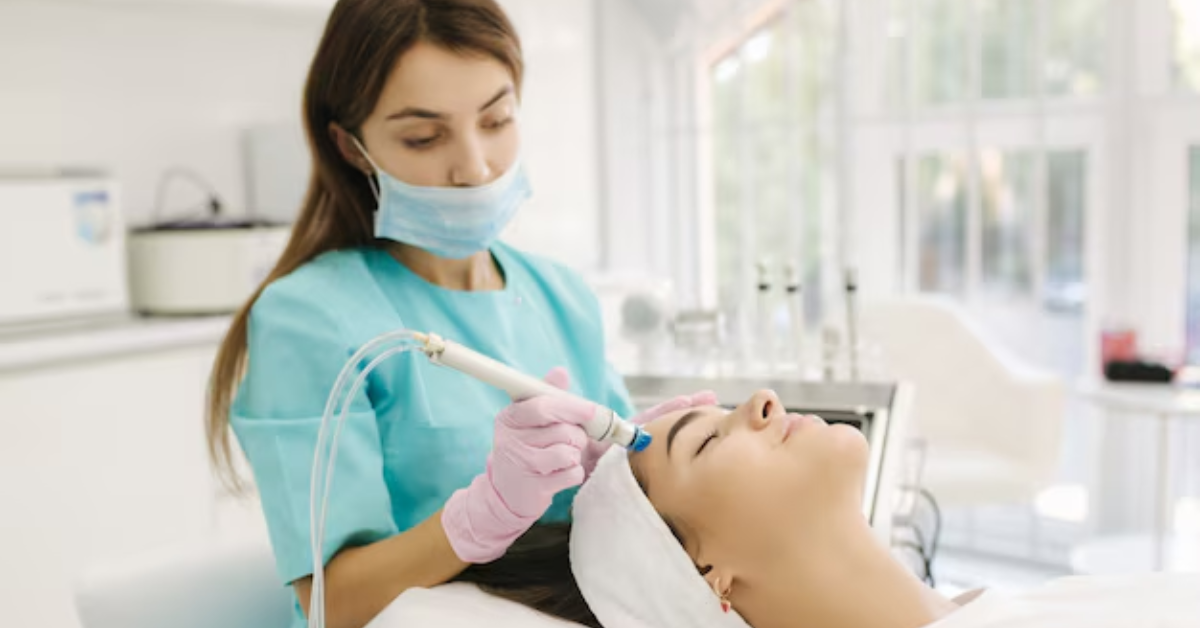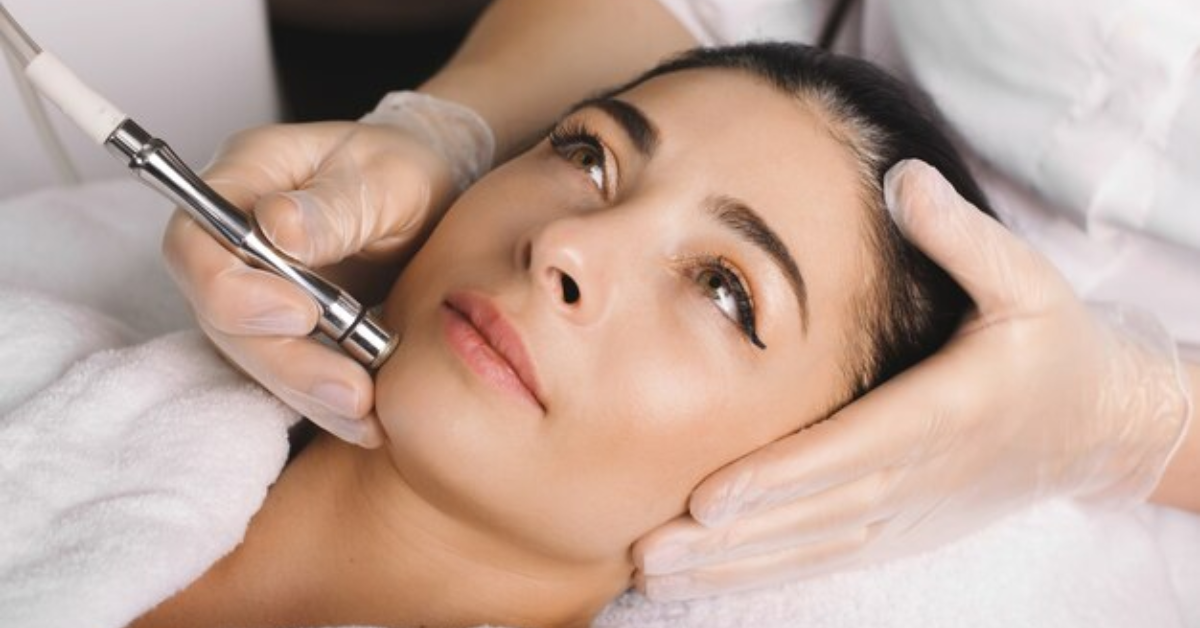Does Microneedling Hurt?
Microneedling, also known as collagen induction therapy, is a minimally invasive cosmetic procedure designed to address a variety of skin concerns by stimulating the production of collagen, the essential protein that maintains skin's elasticity and firmness. This advanced skincare technique involves the precise use of fine needles to create controlled micro-injuries on the skin's surface. These micro-injuries trigger the body's natural healing response, which includes increased collagen and elastin production. As a result, the skin undergoes a rejuvenation process, leading to significant improvements in texture, tone, and overall appearance.
The benefits of microneedling extend beyond mere aesthetics. By enhancing the skin's structural integrity, this procedure can effectively reduce the appearance of fine lines, wrinkles, acne scars, and hyperpigmentation. It also improves the skin's ability to absorb topical treatments, making subsequent skincare products more effective. The versatility of microneedling makes it suitable for various skin types and concerns, and it can be customized to target specific areas, such as the face, neck, and décolletage.
Microneedling's popularity has surged in recent years due to its efficacy and relatively low downtime compared to more invasive procedures. Patients often report noticeable improvements after just a few sessions, making it an attractive option for those seeking a non-surgical solution to achieve smoother, firmer, and more youthful-looking skin.
How the Procedure Works
Before undergoing microneedling, it is crucial to have a detailed consultation with a certified dermatologist or licensed aesthetician. During this consultation, the professional will assess your skin type, discuss your skincare goals, and explain the procedure in detail.
The Microneedling Process
- Cleansing and Numbing: The procedure begins with thoroughly cleansing the treatment area to remove any dirt, oil, or makeup. Following this, a topical numbing cream is applied to minimize discomfort during the procedure. This cream typically takes 20-30 minutes to take effect.
- Microneedling Device: Once the skin is numb, the professional uses a microneedling device, which can be a derma roller or a motorized pen with adjustable needle lengths. The device is gently rolled or stamped across the skin, creating tiny punctures.
- Serum Application: To enhance the effects of microneedling, a specialized serum containing ingredients like hyaluronic acid, peptides, or growth factors is applied to the skin. These serums penetrate deeper due to the micro-channels created by the needles, promoting better absorption and efficacy.
Post-Procedure Care
After the procedure, your skin may appear red and feel tender, similar to a mild sunburn. This is a normal reaction and typically subsides within a few days. It is essential to follow post-procedure care instructions, which may include:
- Avoiding direct sun exposure and using a broad-spectrum sunscreen.
- Refraining from using harsh skincare products or exfoliants for a few days.
- Keeping the skin hydrated and applying soothing creams as recommended by your provider.
Does Microneedling Hurt? Addressing the Pain Factor
Pain Levels During the Procedure
The level of pain experienced during microneedling varies from person to person, depending on individual pain tolerance and the area being treated. The numbing cream applied before the procedure significantly reduces discomfort, making the process more tolerable for most individuals. Patients often describe the sensation as a slight prickling or tingling feeling.
Factors Influencing Pain
Several factors can influence the pain levels during microneedling, including:
- Needle Length: Longer needles penetrate deeper into the skin, which may cause more discomfort compared to shorter needles used for superficial treatments.
- Skin Sensitivity: Individuals with more sensitive skin might experience higher levels of discomfort.
- Treatment Area: Certain areas of the face, such as the forehead and around the eyes, are more sensitive than others, potentially leading to increased discomfort during the procedure.
Comparing Microneedling Pain to Other Cosmetic Procedures
To better understand the pain associated with microneedling, it can be helpful to compare it to other common cosmetic procedures:
- Chemical Peels: Chemical peels can cause a burning or stinging sensation during the application of the chemical solution, which might be more intense than the prickling sensation of microneedling.
- Laser Treatments: Laser treatments can be more painful than microneedling, as the laser energy targets deeper layers of the skin. However, like microneedling, topical numbing creams are often used to minimize discomfort.
- Injectables: Procedures involving injectables, such as Botox or dermal fillers, involve the use of needles and can cause more pain at the injection sites compared to microneedling.
Managing Pain and Discomfort
Before the Procedure
To minimize pain during microneedling, consider the following tips:
- Use Numbing Cream: Ensure that a high-quality numbing cream is applied adequately before the procedure.
- Stay Hydrated: Well-hydrated skin can be more resilient and less sensitive.
- Avoid Alcohol and Caffeine: These substances can increase skin sensitivity and should be avoided on the day of the procedure.
During the Procedure
Communicate with your provider if you experience any significant discomfort. They can adjust the needle length or application technique to make the procedure more comfortable.
After the Procedure
Post-procedure care is crucial in managing pain and promoting healing:
- Apply Cold Compresses: Using cold compresses can help reduce swelling and soothe the skin.
- Follow Post-Care Instructions: Adhering to the aftercare instructions provided by your dermatologist will ensure optimal healing and minimize discomfort.
Conclusion
Microneedling, while involving some level of discomfort, is generally well-tolerated by most individuals. The use of numbing creams and the skill of the professional performing the procedure play crucial roles in minimizing pain. Given the significant benefits it offers, many find the temporary discomfort worthwhile for the long-term improvements in skin health and appearance.

